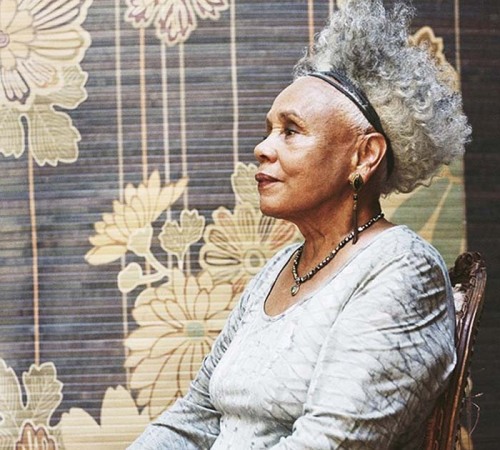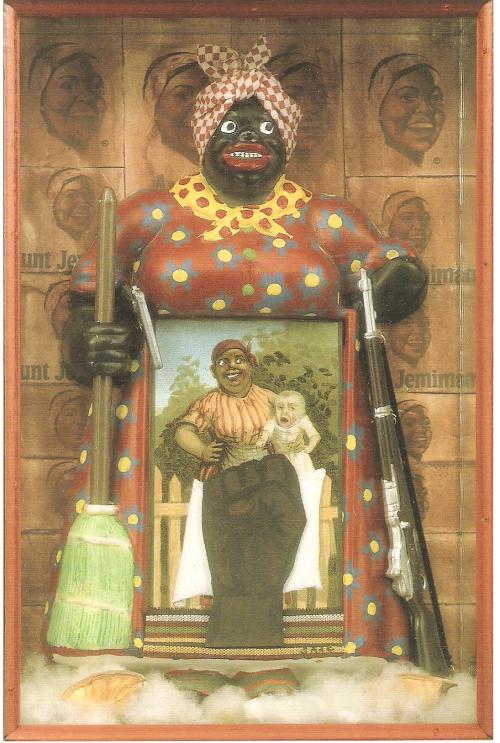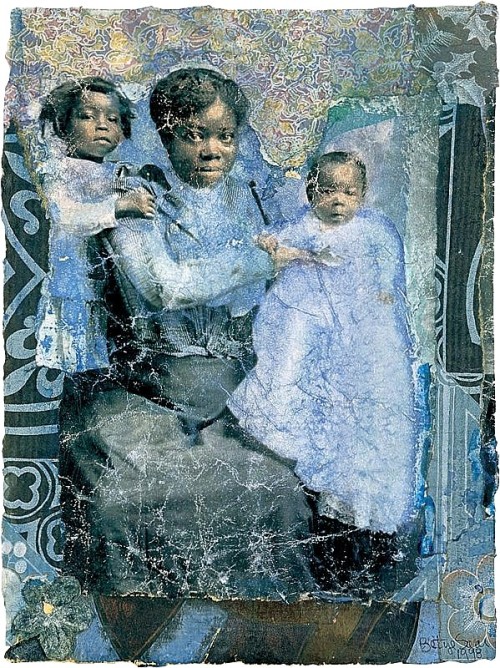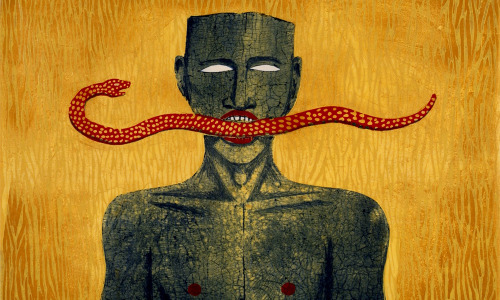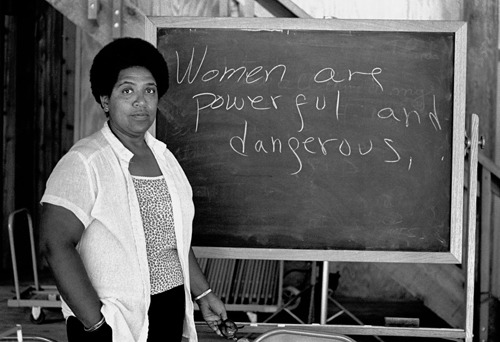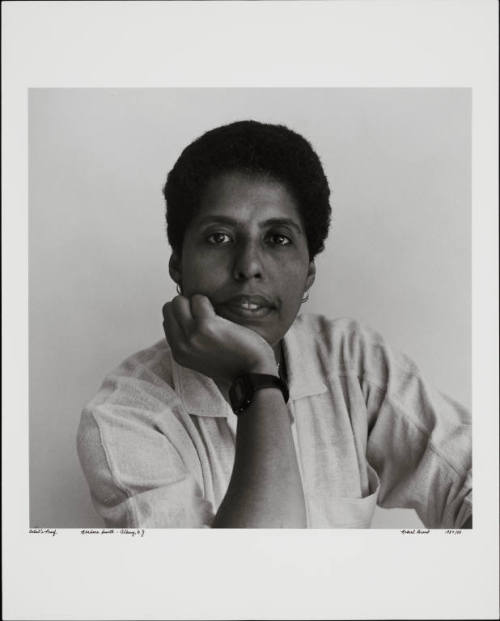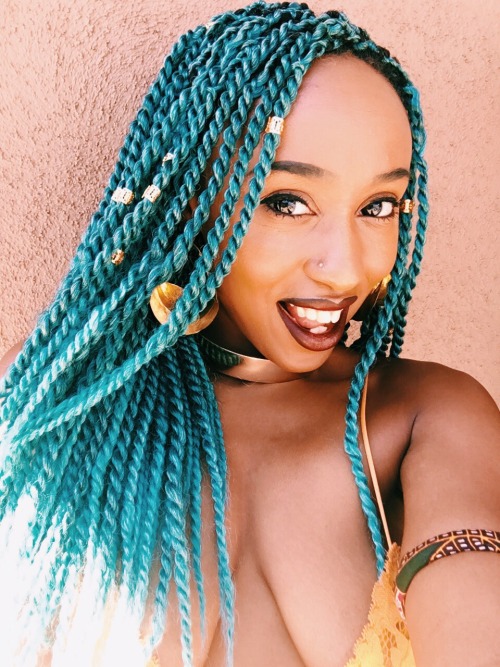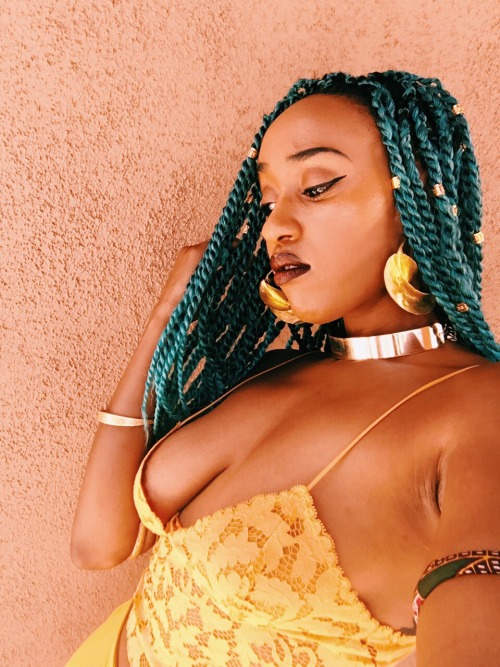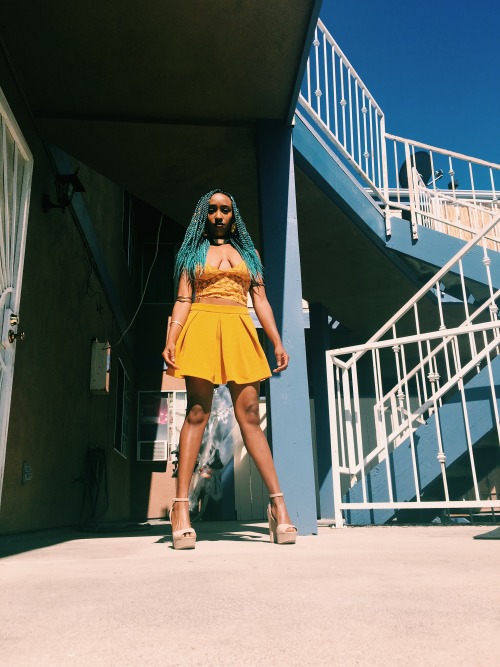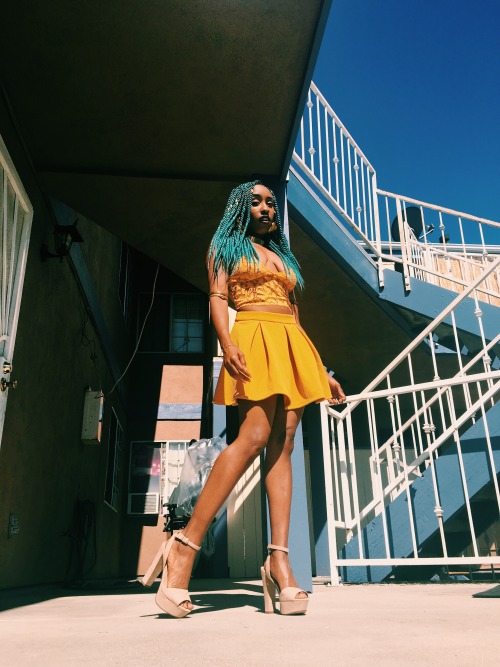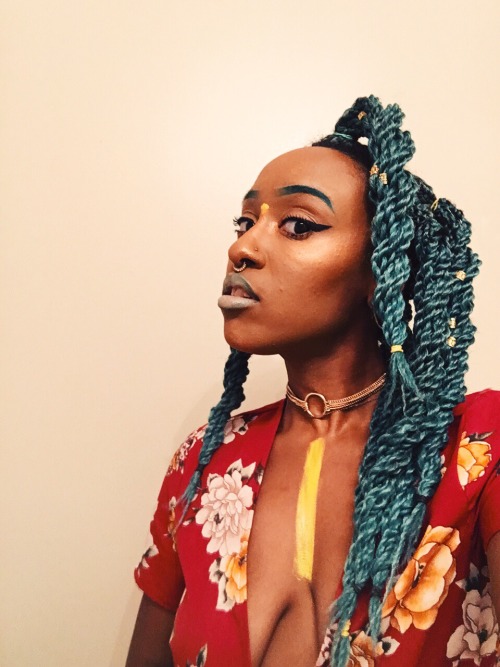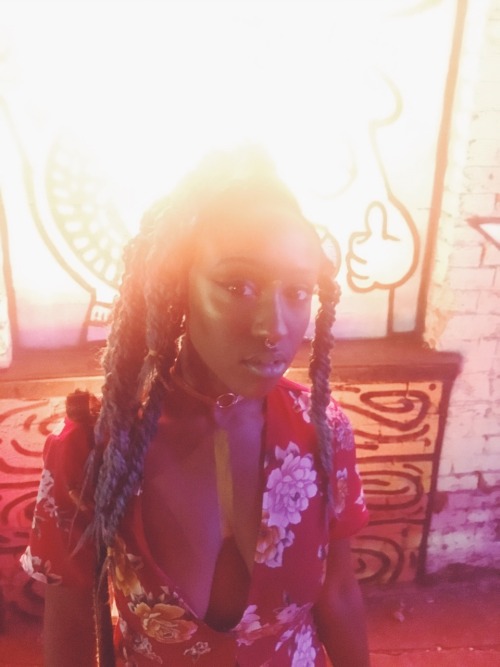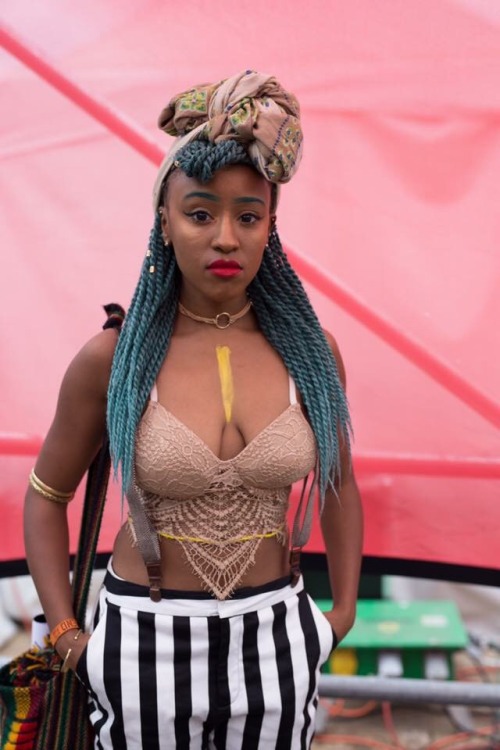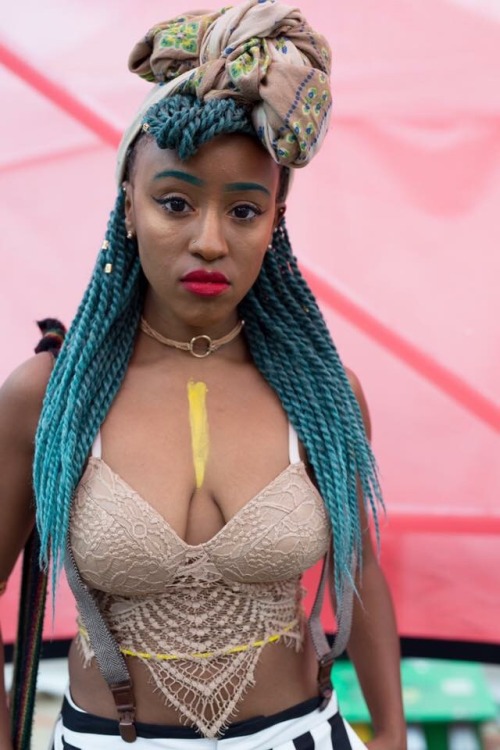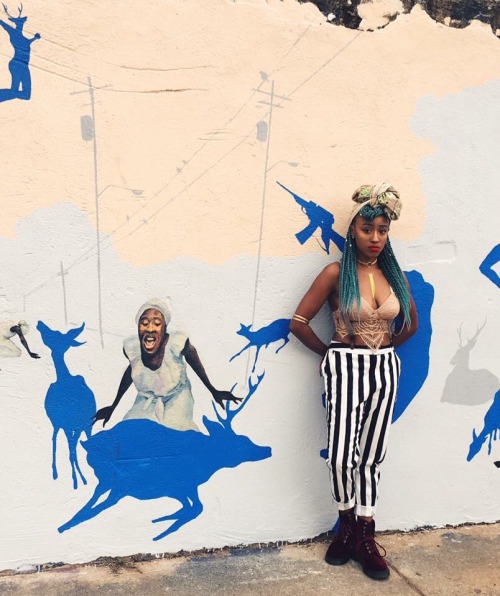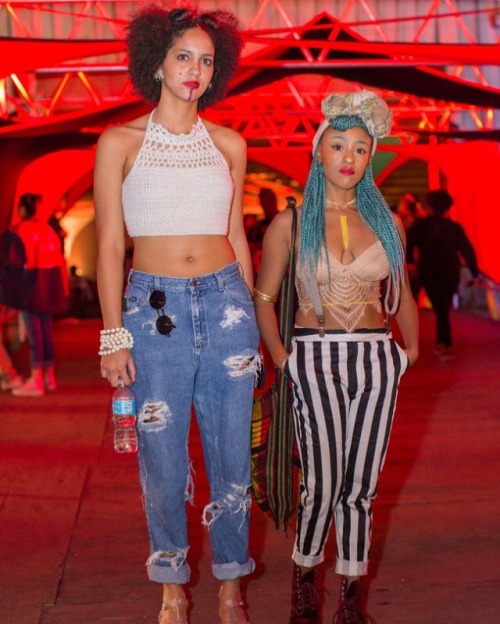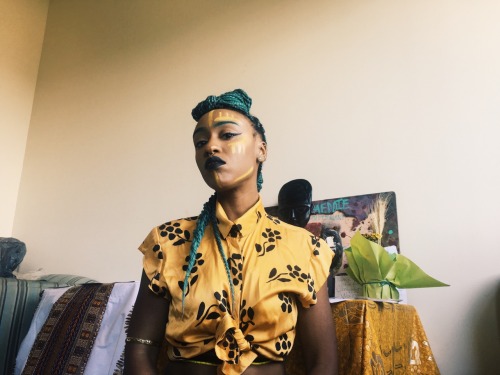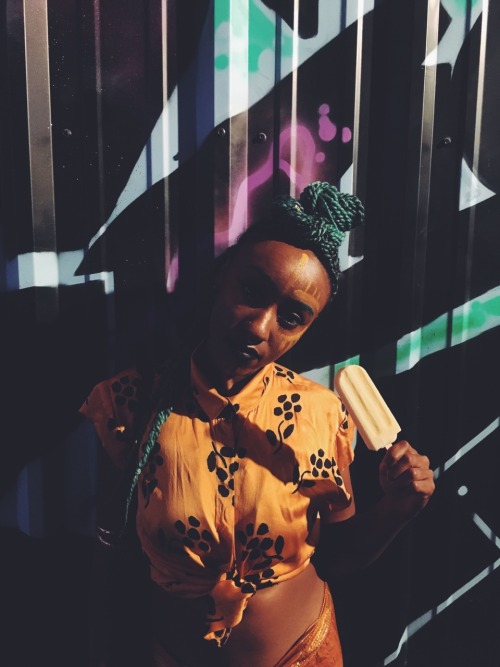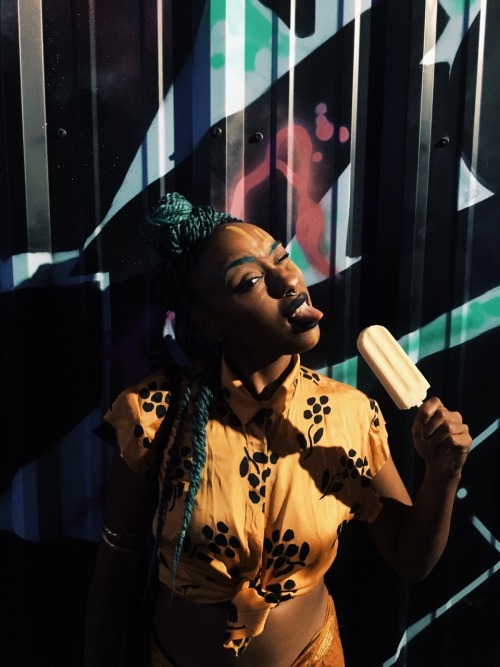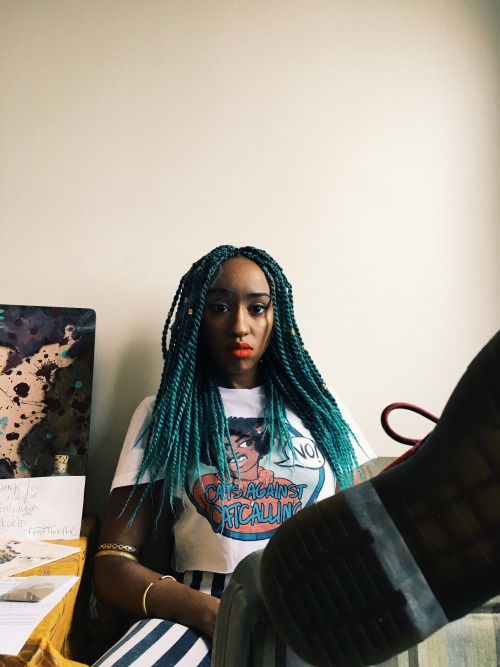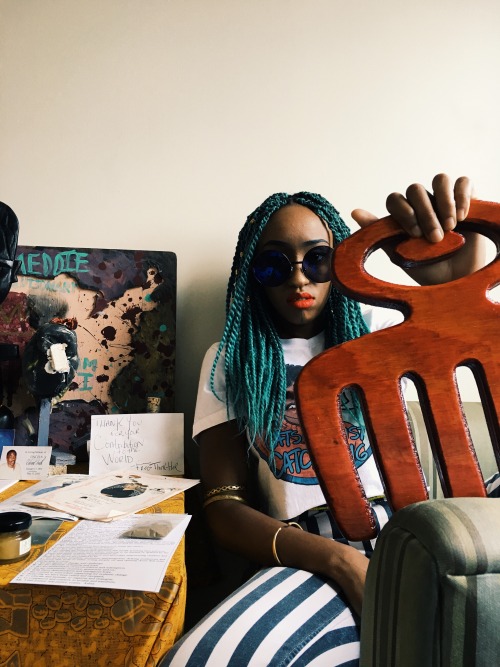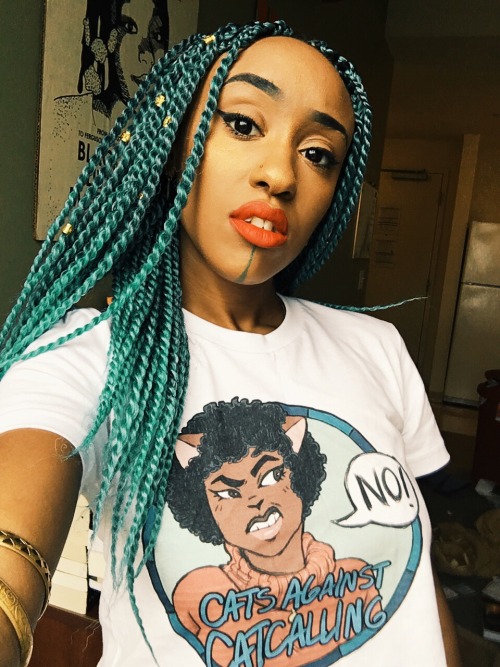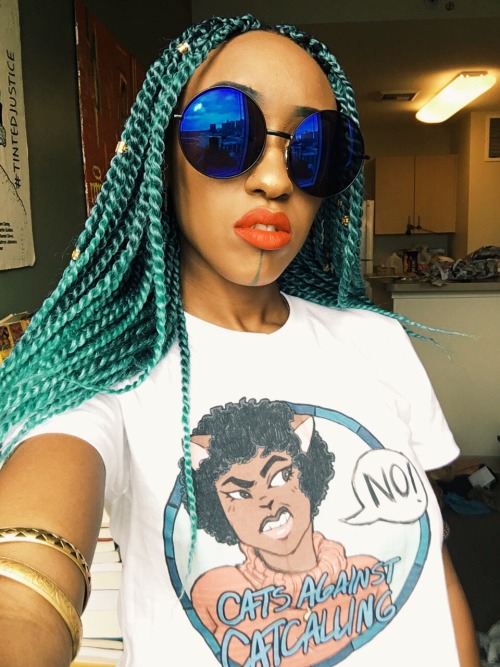#black feminist
“I am intrigued with combining the remnant of memories, fragments of relics and ordinary objects, with the components of technology. It’s a way of delving into the past and reaching into the future simultaneously” Betty Saar
Post link

We needed some good news and a reason to smile! #Twins
Missy Elliott - I’m Better ft. Lamb [Official Video]
In her own words, Audre Lorde was a “black, lesbian, mother, warrior, poet.” Lorde began writing poetry at age 12 and published her first poem in Seventeen magazine at age 15. She helped found Kitchen Table: Women of Color Press, the world’s first publisher run by women of color, in 1980. Her poetry was published regularly throughout her life and she served as the State Poet of New York from 1991 to 1992. Lorde explored issues of class, race, age, sex, and – after a series of cancer diagnoses — health, as being fundamental to the female experience. She died of liver cancer in 1992.
Post link
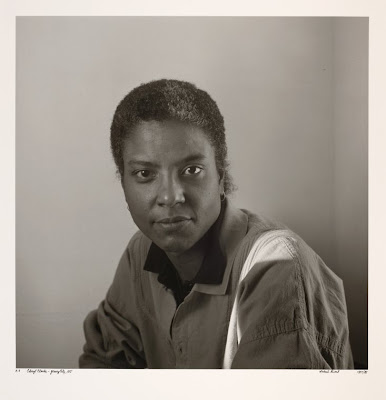+photo+by+Robert+Giard.jpg)
by Cheryl Clarke,Living as a Lesbian
We are everywhere and white people still do not see us.
They force us from sidewalks.
Mistake us for men.
Expect us to give up our seats to them on the bus.
Challenge us with their faces.
Are afraid of us in groups.
Thus the brutal one on one.
Like a t.v. news script, every transition frustrates
rage. Hand in hand with me
you admonish
not to let them come between us
not to let them come between us on the street.
We are struck by war crazy men
recording their gunfire on stereo cassette decks.
Barbara Smith, “Racism and Women’s Studies”, All the Women are White, all the Blacks are Men, But Some of Us Are Brave, p. 49.
Post link
Barbara Smith (born December 16, 1946) in Cleveland is an American, lesbian feminist who has played a significant role in building and sustaining Black Feminism in the United States. Since the early 1970s she has been active as an innovative critic, teacher, lecturer, author, independent scholar, and publisher of Black feminist thought. She has also taught at numerous colleges and universities over the last twenty five years. Smith’s essays, reviews, articles, short stories and literary criticism have appeared in a range of publications, including The New York Times Book Review, The Black Scholar, Ms., Gay Community News, The Guardian, The Village Voice, Conditions (magazine) and The Nation. In 1975 she reorganized the Boston chapter of the National Black Feminist Organization to establish the Combahee River Collective. Barbara has a twin sister, Beverly Smith, who is also a lesbian feminist activist and writer.
Post link
I met Aleya Fasier hunched over sweet potatoes growing stubbornly in hard-packed earth under a sky that held history. There weren’t many words exchanged that day–mostly just weeding–or that fall–just digging, weighting and sighing. What I did pick up on was that Aleya was a person who did everything with intention. Since that day, Aleya has poured her heart into that same soil, left her mark on the historical record under that same sky and the results have been remarkable. And that is where we’ll start.
Prepare yourself and give thanks for the words of black, queer, womanist, futurist, ecologist, artist, educator, farmer Aleya Frasier–co-founder of Black Dirt Farm and a revolutionary warrior for black food security.

GSF: Who are you and what is your superpower?
AF: I am one of many queer, biologically active, radical molecules of melanin chilling on your amygdala guiding your primal instincts. And our superpower is activating your superpower. This is done through hormonal and vibrational synchronicity with other radical melanated molecules. I was formed under libra skies so by definition my vibration brings balance to different sides of the equation and works to bring organic and inorganic reactions to equilibrium. Our superpowers activate at the intersection of entropy and equilibrium which is pretty much at all times and space continuums, but they are strongest when connected to the land as space and now as the time. When people step foot on the farm the serotonin in the soil mixed with the ancestors in the air and UV ray excitation of my electrons and my subtle vibrations in their cells allows caverns in the mind to open that have been previously filtered and neurons to connect in ways that they haven’t before. Mitochondrial dna is stirred awake and its knowledge from your uterine having ancestors that has been passed down since the beginning of her story is realized. Through black dirt under fingernails, melanated work under the sun and calloused hands peoples superpowers and ancient rhythms are germinated approximately 3 weeks after the last frost. so you see all with melanin possess this ability at varying frequencies. and then we do it again.
GSF: You are a disciple of AfroEcology and gather folks to celebrate and mobilize around Afro-ecological practice. First of all, what is AfroEcology? How is it, as you say “a perfect counter attack to white supremacy capitalism and patriarchy.” ?
AF: Afroecology is a form of art, movement, practice and process of social and ecological transformation that involves the re-evaluation of our sacred relationships with land, water, air, seeds and food; (re)recognizes humans as co-creators that are an aspect of the planet’s life support systems; values the Afro-Indigenous experience of reality and ways of knowing; cherishes ancestral and communal forms of knowledge, experience and lifeways that began in Africa and continue throughout the Diaspora; and is rooted in the agrarian traditions, legacies and struggles of the Black experience in the Americas.The nature of the Black Experience in America, and in the Americas, has always been and will be, intimately, tied to the land and our agrarian identity. As said by Harry Haywood in Negro Liberation in 1948, “The Negro Question in the United States is Agrarian in Origin.” To draw upon this agrarian legacy, we, at the Black Dirt Farm Collective, felt it was important to introduce the concept of Afroecology – not as a definition but as a place to stimulate discussions on the intimate connection between us as people and the land. Far too often, people of color and Black Folk succumb to using words, theories and concepts that do not directly speak our language nor speak to our experience of reality. All the while, these very concepts, like organic farming, permaculture, etc. come from and stem from our ancestry, and current practices as people of the land and our organizing legacies. As part of the liberation struggle, we recognize the need to create political ideologies, and cultural theories, concepts and practices to help clarify certain aspects of reality, so as to transformation the material and social conditions of reality. We present Afroecology as part of that process. Afroecology is a call back to the land that is awaiting our return. It is a living breathing process of decolonization that is built upon the black experience of the indigenous (africans) becoming indigenized(diasporic africans). Our indigenous reality cannot be recreated but it can also not be forgotten because WE as indigenized peoples have the unique ability to create and determine our reality using our wildest imaginations and ancestral knowledge as fuel. Afroecology is above all else a process of reclaiming our identity as communal beings connected to every aspect of our ecosystem and about reclaiming knowledge from the base!As a practice, afroecology builds from agroecology in its way of teaching how to work in harmony with nature to feed people. On the farm, we try our best to recycle nutrients, biomass and raw materials to achieve a balance in the flow of inputs and outputs. We promote diverse microcosmic and macrocosmic relationships from soil bacteria and fungi to the people who visit the farm and we ultimately treat the farm as an extension of our beings ,nurturing its recovery and decolonization much as we do our own, through natural inputs, spiritual practices, art and balance.
GSF: Describe a mythical seed variety that you would cultivate if you could.
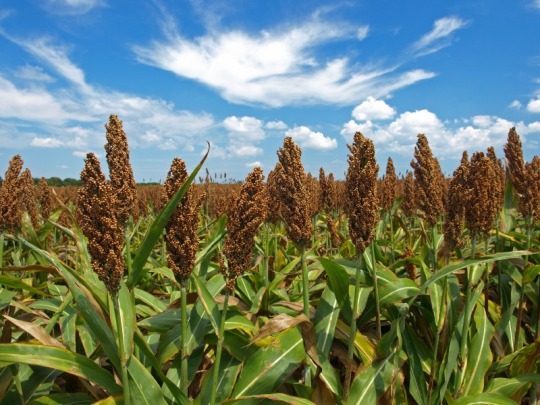
AF: I like to think that every seed variety is mythical in the magical sense and I play out their magical path in my daydreams. If you truly tell the story of a single seed from its origin to your farm, the story would be as colorful as any spiritual text. I will share about a seed variety that to me epitomizes myth and magic and the power of mitochondria. Sorghum is a grain indigenous to Northeastern Africa with earliest known records from the Egypt/Sudan border region from 8000 BC. It is a BEAUTIFUL monocot; its got strappy leaves, a bamboo like shoot and parallel veins; with as many powers as your imagination can handle imagining. Its seed pops sizzles and cracks in your cast iron and its cane can be pressed for sweet juice. Its seed can be threshed pounded and kneaded into nourishment for your baby or boiled and baked into your favorite recipe. It body has the powers to convert sunlight into energy in unique efficient ways and its roots go deep to ensure it survives in drought too. It’s powers allow it to serve as money in the common market place, more valuable than cattle at times for the women selling their beers made with sorghum strains specific to their mitochondrial lineage. Strains that have in a way co evolved with the women and families who cultivate them, the people who bear its callouses, the people who could not part with it when captured and stripped away from their own gardens. Strains that survived in afros across the middle passage that were planted and transplanted and harvested and sowed and reaped and seeded and then again and again until yesterday, today and tomorrow when I harvest our sorghum from seed given to us by friends. 10 seeds now 1000 to share with them. Sounds mythical, right?
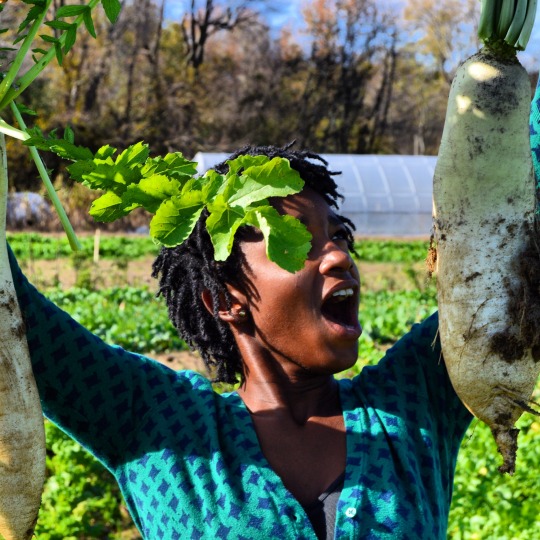
GSF: Magical, indeed! So tell me, what’s the dirt on Black Dirt Farm? How can people support? Winter plans?
The dirt is not even black on Black Dirt Farm haha we are frontin! We have this kind of cool light brown sandy loam texture that grows amazing root crops but turns into cement when baked under the hot sun. But on the flip side, a farm is very rarely the effort of solely one or two people.Thus, Black Dirt Farm is collectively cared for by a strong network of farmers, friends and families.A core group manages the day to day operations of the farm, the distribution and marketing as well as coordinating and participating in trainings and events around agroecology, food sovereignty and regenerative economics with black and brown folks from all over the diaspora. We LOVE to gather with folks on the farm and to share black agrarian images and voices and to learn from our elders who are supporting the journey!
People can support by eating their veggies and by supporting our friends like you at Community Farming Alliance and Chris Bradshaw with Dreaming out Loud and Xavier Brown with the Green Scheme and Natasha Bowens author of The Color of Food and the list goes on! We will be hunkering down this winter and hopefully going to some warm places to collectively energize and create our vision for the next few seasons. A wish list of support would be a website designer, a logo designer, a farm truck or station wagon, and a yurt to serve as an agrarian library, but thats all haha.
Ya’ll heard that? If you’re feeling in a do-gooding mood, do something for a farmer. They’ll make sure you eat good.
Thanks for reading and stay on top of Aleya’s awesomeness on her instagram or the Black Church Food Security Network’s twitter!
Post link
“To be ‘feminist’ in any authentic sense of the term is to want for all people, female and male, liberation from sexist role patterns, domination, and oppression.”
-bell hooks, American author, feminist, and social activist
FromAin’t I a Woman: Black Women and Feminism
Rest In Power bell hooks - everyone else, READ bell hooks!!!
Rest In Power bell hooks - everyone else, READ bell hooks!!!
bell hooks, Pathbreaking Black Feminist, Dies at 69
I recently reread “Feminist Theory From Margin To Center”(PDF)and it holds up as a strongly recommended read 37 years later! It came out in 1984. hooks is a brilliant thinker and key figure in the 2nd wave of feminism, I really really really recommend you read her work.
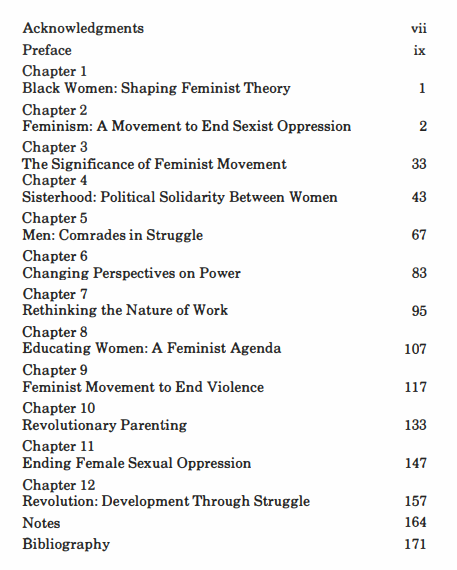
https://en.wikipedia.org/wiki/Bell_hooks
Gloria Jean Watkins (September 25, 1952 – December 15, 2021), better known by her pen name bell hooks,[1] was an American author, professor, feminist, and social activist. The name “bell hooks” is borrowed from her maternal great-grandmother, Bell Blair Hooks.[2].
The focus of hooks’s writing was the intersectionality of race, capitalism, and gender, and what she described as their ability to produce and perpetuate systems of oppression and class domination. She published more than 30 books and numerous scholarly articles, appeared in documentary films, and participated in public lectures. She addressed race, class, gender, art, history, sexuality, mass media, and feminism. In 2014, she founded the bell hooks Institute at Berea College in Berea, Kentucky.“
It has been a few months since I’ve posted. I’ve been teaching for the summer in California. I’m going back home to Philadelphia in a week and I’m moving to Atlanta in two weeks.
Android Oshún, the Africana WomaNINJA is back.
Post link
Consorting with my Ancestors. Burning incense. Embracing Oshún. Thanking the Lord for another day. Amen. Asé. #BlackGirlMagic
Post link


